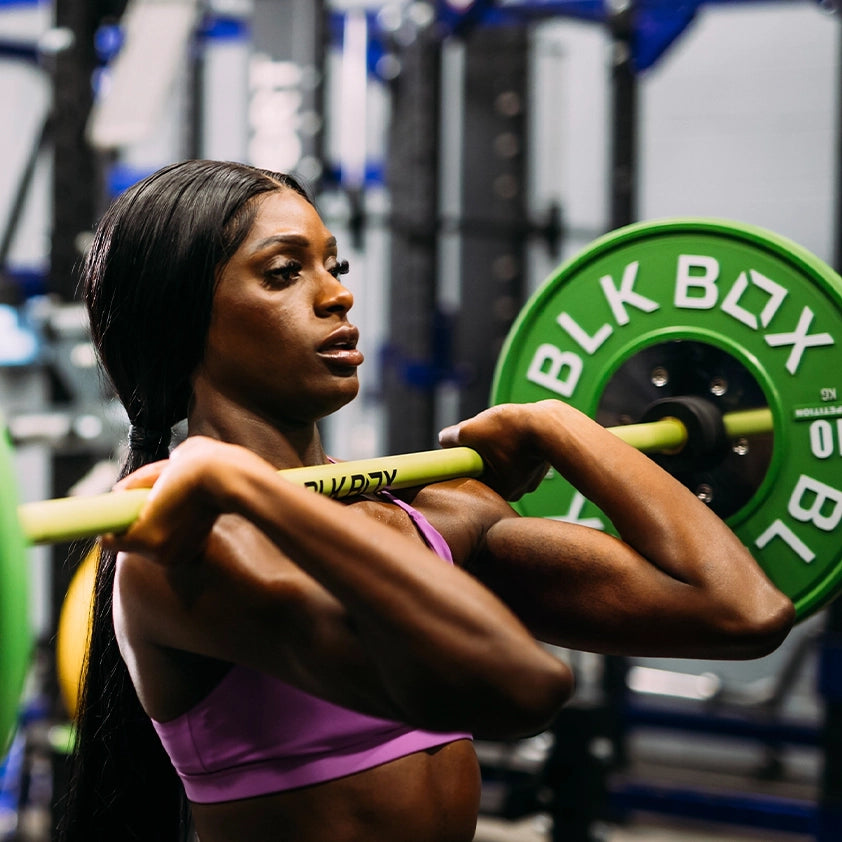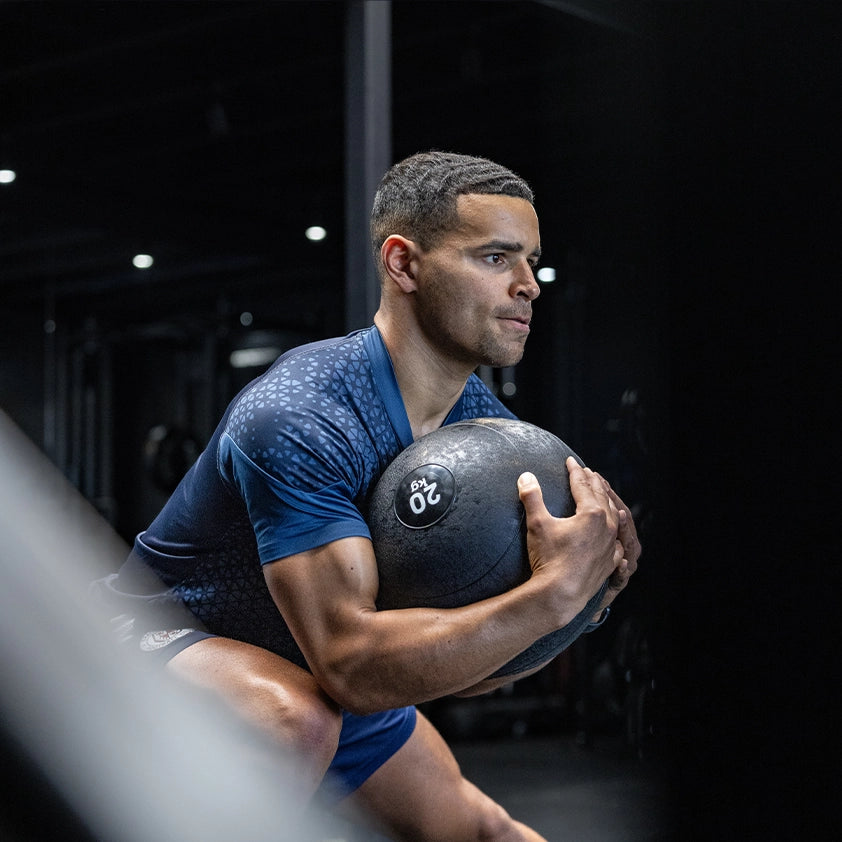Importance of Strength & Conditioning for Golf - Part 5
We are pleased to bring you part 5 of the ultimate strength and conditioning guide for golf, written by Golf Performance Coach, Michael Jordan. Michael will be breaking down each element of golf fitness and will dive deeper into how each element impacts your ability to play better and how to improve them effectively. Catch up on Part 1 and Part 2 which focuses on building strength for golf, Part 3 which focuses on the importance power and part 4 which focuses on improving your speed.
Mobility for Golf
Even though the golf swing is a very complex movement that requires the body to rotate, pivot, extend and more, improving your mobility so that you can play better golf and reduce pain is surprisingly simple.
Getting the most bang for your buck
There are three main parts of the body to focus on to see drastic improvements in your mobility, no matter whether you play golf or another sport. By focusing your time on these you will be able to maximise the improvements you see without needing to spend hours in the gym.
These main areas are your hips, shoulders and thoracic spine. From my experience not only are these the best parts of the body to focus on if you want to improve your mobility but these are the most important areas for the majority of golfers. Back pain is far too common in golf but improving your mobility in these areas, especially the hips, can drastically reduce injuries and pain.
How often should I work on my mobility?
I like to say that mobility is like showering; you should really be doing it every day. But just like a shower you don’t need to spend ages doing it to achieve the intended outcome. As little as 10-20 minutes of good quality mobility work every or every other day is enough to make lasting changes.
What do I need to do?
Mobility work can include all sorts of different things, from soft tissue work on foam rollers to banded stretches and breathing drills. I believe that they all have uses for different people at different times and in an ideal world you would follow a mobility program that follows progressions in exercises complexity or demand just like any other training program.
To help you know where to start I’m going to share with you the most effective exercises I use with my golfers to begin improving their mobility at the hips, shoulders and t-spine. More often than not people are lacking in mobility in these movements that simply spending a few weeks on these totally transforms how their body moves and feels.
The Hips
The hip can move through three axis of movement so we want to spend some time working on increasing the range of motion in each. Once you’ve got comfortable with these basic stretches you can then look at moving on to other options.
The Shoulders
When testing my golfers for their shoulder mobility I often use just one simple test - I get them to see how high they can flex their shoulder whilst maintaining external rotation. It’s pretty common that people have issues with this and the ability to perform this movement is key to the golf swing.
To improve the mobility of your shoulders we’re going to look at using some soft tissue release, using either a foam roller or a lacrosse ball. Chances are your pecs and/or lats are inhibiting your ability perform the above test so to improve your mobility try the below exercises.
The T-Spine
There’s two movements to look at when it comes to the thoracic spine - extension and rotation. Whilst rotation may seem more golf specific, I always get my golfers to work on both if needed.
For the t-spine we’re going to use some dynamic stretching to improve our range of motion, using a foam roller to help us improve our mobility.
The above movements are all a great way to begin improving your mobility and spending just a couple of minutes on each a few days a week will help improve your mobility quickly.
The next step would then be to learn how to move with control into this new range of motion, whether that’s by performing isometric holds, using bands or even looking to integrate the positions into your more generic exercises.
ABOUT THE AUTHOR
 |
Michael Jordan, has 7 years worth of experience working in the fitness industry. Since graduating Loughborough University with an Honours degree in Human Biology, he has spent his career coaching clients from all walks of life. Having opened 2 gyms, coached hundreds of individual clients including professional athletes performing on the international stage, Special Forces and prepared a military team to successfully cross the Antarctic. As an avid golfer (2.5hcp), Michael understands the importance of effective Strength and Conditioning programming and has developed a platform to bring golfers the highest level of programming available in order to develop their golf whilst building an athletic body that functions optimally for life. Click here to learn more about Michael and his programs . |















